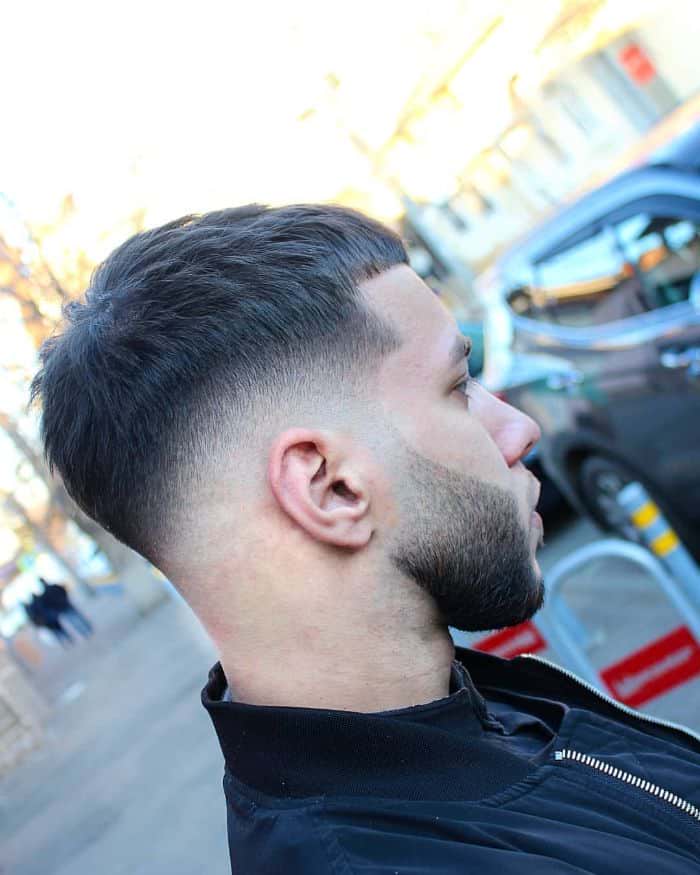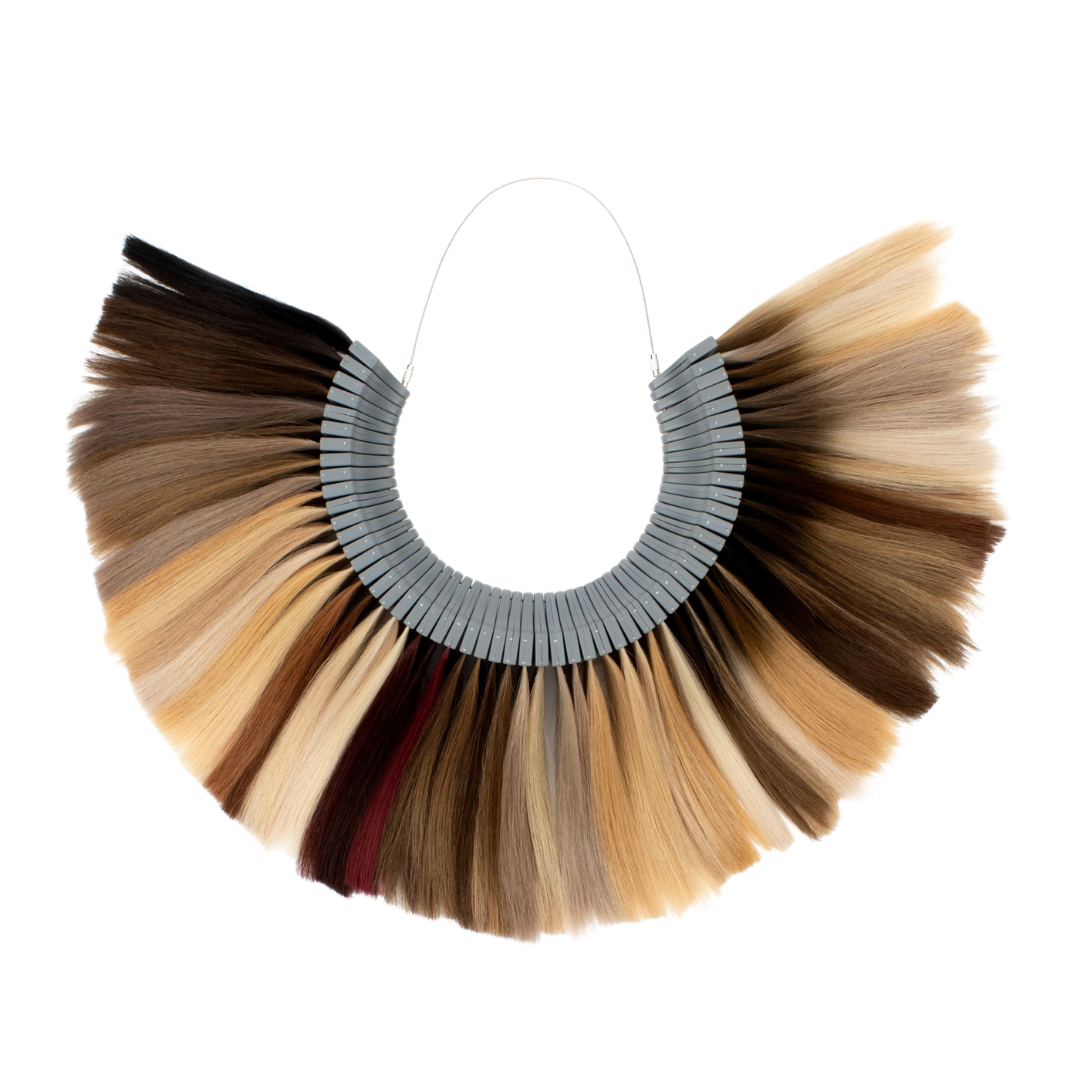Table Of Content
They are flightless birds that are highly adapted to life in the water. They have a unique breeding cycle, with some species like the Emperor Penguins breeding in the harsh Antarctic winter. They also have a unique diet, primarily consisting of krill, fish, and squid. Rockhopper Penguins are known for their distinctive appearance, with spiky yellow feathers on their heads and bright red eyes. They have a black back and white belly, with yellow and black striped feathers on their neck and chest.
African Penguin
With 18 recognized species, each with its own unique characteristics and adaptations, these remarkable birds continue to captivate our imagination. Whether it’s the regal Emperor Penguin or the playful Little Blue Penguin, each type of penguin contributes to the rich tapestry of life on our planet. So, the next time you encounter a penguin, take a moment to appreciate the incredible diversity and beauty of these remarkable creatures. The crested penguins (genus Eudyptes), such as the rockhopper and macaroni, are distinguished by orange or yellow feather crests on the sides of the head, above the eyes. Climate change is another major threat to penguins living in Antarctica like emperor penguins and Adelie penguins. As sea ice melts due to warmer temperatures related to climate change, these species are losing their habitat.
Types Of Penguins With Pictures And Facts: Every Penguin Species Listed
The largest and strongest males occupy the best territories, while smaller males are relegated to less desirable locations. This social hierarchy is maintained through aggressive displays and vocalizations. The Adélie penguin was named after Adélie Land, a region of Antarctica that was itself named after the wife of French explorer Jules Dumont d'Urville.
Gentoo Penguin
Southern rockhoppers are the smallest crested penguins with an average height of no more than 23 inches (58 cm) and a maximum weight of around 7.5 lbs (4.4 kg). They are difficult to distinguish from other rockhoppers, but the southern species normally has smaller yellow crest feathers. Other names for the Fiordland penguin include the Victoria penguin, the thick-billed penguin, the tawaki, and the New Zealand crested penguin. These penguins have a broad crest made up of yellow feathers that extends from the tip of their upper beak. These features, which are referred to as eyebrows, extend from the middle of the back of the neck to the very top of the head.
Emperor Penguin
Each penguin species has its own unique set of characteristics that sets it apart from the others. From their size and coloration to their preferred habitats and behaviors, these birds have evolved to thrive in their respective environments. The female emperor penguin transfers a single egg to the top of her mate’s feet.

A. Penguins in Antarctica
Little penguins are found in New Zealand (where they are also known as little blue penguins), and Australia (where they are also known as fairy penguins). Unlike the closely-related erect-crested and Snares penguins, the Fiordland penguin lacks an area of bare skin at the base of its bill. It has a black face and bill and, like all banded penguins, an "n-shaped" black band on its chest. The Antarctic krill, a crustacean that is abundant in Antarctic waters, forms the bulk of the Adélie penguin's diet.
They are known for their territorial behavior and their spunky natures. These penguins breed and molt on small islands all around the coast of Antarctica or wherever they can find an exposed rock. The island-dwelling Fairy Penguins spend up to eighteen hours a day in the water and subsist primarily on small fish, krill, and squid. Their name comes from their blue feathers and their diminutive size, as Fairy penguins are the smallest penguins in the world.
Ancient crested penguin fossil found in New Zealand - Phys.org
Ancient crested penguin fossil found in New Zealand.
Posted: Wed, 12 Aug 2020 07:00:00 GMT [source]
During the incubation period, mates take turns incubating the egg, allowing one partner to leave to feed for several days at a time. Like all crested penguins, the Fiordland penguin has yellow feathers that extend backward above its eyes. It’s mostly blueish-black in color, except for its white stomach and orange bill. But unlike the Snares and erect-crested penguins, the Fiordland doesn’t have bare pink skin around the edges of its bill. The largest of the various species of penguins is the Emperor Penguin, or Aptenodytes forsteri.
Penguin Facts: Things You Never Knew About Penguins - Reader's Digest
Penguin Facts: Things You Never Knew About Penguins.
Posted: Wed, 08 Feb 2023 08:00:00 GMT [source]
The northern rockhopper penguin is found further north than its southern counterpart. 85% (or more) of the world’s northern rockhoppers are found on the islands of the Tristan da Cunha archipelago and Gough Island in the Atlantic Ocean. Many biologists consider the eastern rockhopper penguin be a subspecies of southern rockhopper penguin rather than a separate species.
Most penguins stay with their mate for many years and lay only one or two eggs at a time. Parents take turns keeping their eggs warm, and when they hatch, feeding and protecting the chicks. For a few weeks each year, thousands of baby birds wait together while their parents forage for food.
Because people and other predators are encroaching on their typical breeding grounds, which are islands and shorelines, they run the risk of becoming extinct. The feathers on penguins’ bodies often resemble hair rather than feathers because they are flightless birds with wings better suited for swimming in open water. They are not hairy in any kind, though, and have feathers instead of fur, much like every other species of bird. Their feathers are simply amazing in both their function and visual appeal.












